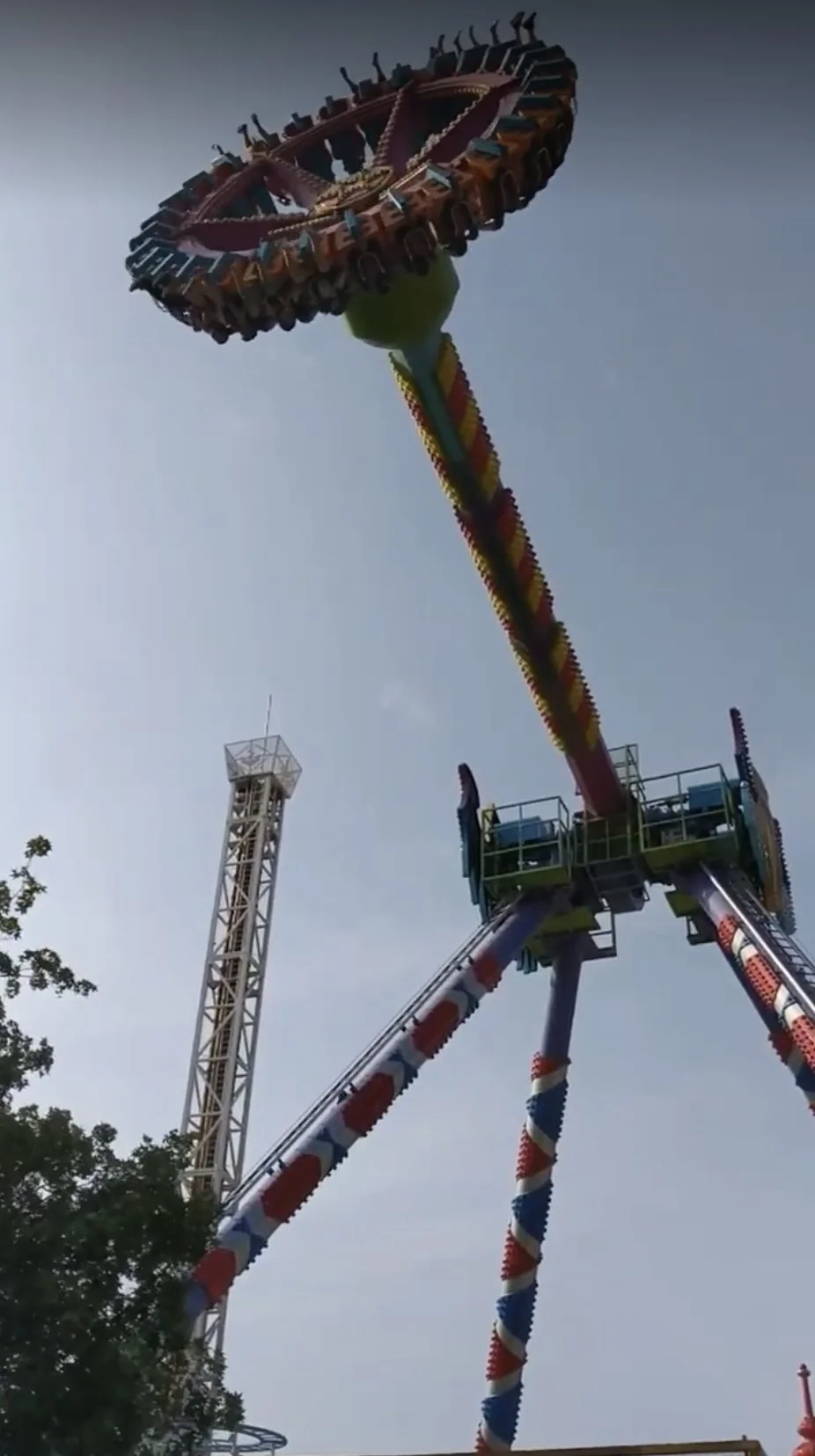I found myself reflecting today on how my swimming career began and ended with largely similar feelings.
1996. I was eleven and lost in a crowd of spectators at the US Southern Zone Swimming Championships. I was at the pool that hosted the Atlanta Olympics, watching the finals of a meet that I barely qualified for. I wasn’t fast enough to make the finals and was largely an afterthought on the North Carolina zone team. I felt so neglected that I’m sure most of the coaching staff forgot I was on that team as well. There were too many point scorers for me to be noticeable.
I was lost in thought watching the finals, thinking about how I wanted to compete and admittedly how I wanted to be adored, as the champions on the pool deck seemed to be. Winning felt like something far off in the distance, about as intangible as high school. Everyone was cheering for the swimmers in the finals, as was I, but my mind was yearning to be something more than a spectator. My ego wanted me to be one of those swimmers being cheered for.
I stood next to a coach for a club team in North Carolina who introduced himself as “Coach Hunt.” I remember him telling me that I’d be in the finals one day. “Your time will come,” he said. I was surprised he even knew I was a North Carolina swimmer.
I won my share of Southern Zone Swimming titles in the five years since that conversation. Admittedly none of those victories satisfied my ego like I expected them to; I just kept chasing higher, and my ascension in sport continued for years. Every victory just led to a meet with still-faster athletes.
In that moment at that 1996 meet, however, I couldn’t think of anything beyond “not being one of the slow people.” It was an experience that left me resentful; it felt like I was at a meet that I didn’t belong in, swimming a few races that no one cared about. I hated that feeling.
2008. Omaha, Nebraska. The US Olympic Swimming Trials were sold out in a stadium that could host an NBA game. My last important race was in a pool as large-scale and magnificent as that 1996 pool.
I finished my final race at the US Olympic Swimming Trials, a semifinals 50 meter freestyle, and knew immediately that I didn’t advance to the finals. My swimming career was over.
The 50 meter freestyle was more of a bonus swim for me. My best chance at making the Olympic team was in either the 100 or 200 meter freestyle events, and those already transpired. I was knocked out in the semifinals of both races. I didn’t have a legitimate chance at a 50 meter freestyle Olympic birth, but I raced it anyways since I had an Olympic Trials qualifying time. It was sort of a “last hurrah,” a final gallop before saying my goodbyes to some longtime friends. It was a cyclist’s equivalent of a final stage at a tour, knowing that a top finish is fully out of reach.
I remember the ending being abrupt and followed by a strange silence that engulfed my mind, in spite of the raucous cheering taking place at the Trials. Most of my University of Texas teammates had already gone home. If we didn’t qualify for the Olympics, we had to return to Austin, Texas following our final swim. I was no different.
I skipped a routine warm down swim. There would be no practice the next week, so what was the point? My coach was busy with some of his other swimmers, so I embarked on a long walk back to a hot tub. I sat in that hot tub for awhile, just breathing and relaxing. It had been a very long time since I just “let myself be comfortable.” I had a difficult year leading to the Trials. I broke my right wrist just nine months prior, and my shoulders had slowly deteriorated through the course of my final NCAA season. None of that mattered anymore.
At one point I chatted with another swimmer, an older Olympian, and we exchanged a few jokes. That swimmer had already qualified for the Olympics. We’d both be packing our bags, but heading in opposite directions. The conversation was a brief moment that I only remember because it immediately followed the last race of my life.
I packed my swimming gear and dressed. There were a lot of coaches and swimmers I’d known for many years, some for over half of my life. I said my goodbyes to some of them and eventually found my own coach, Eddie Reese. I shook his hand and told him thanks for everything.
Then I walked to my hotel alone on a cool summer night in Omaha, Nebraska. The sport of swimming would continue, of course, but my time as a swimmer was over. There was no greater meaning that dawned on me upon that final race, nor was there a sense of closure. It just sort of ended.
The journey ended about like it began: alone, while the competition continued past dusk and the spectators kept cheering, regardless of my presence.
I think it’s a fitting life lesson.
